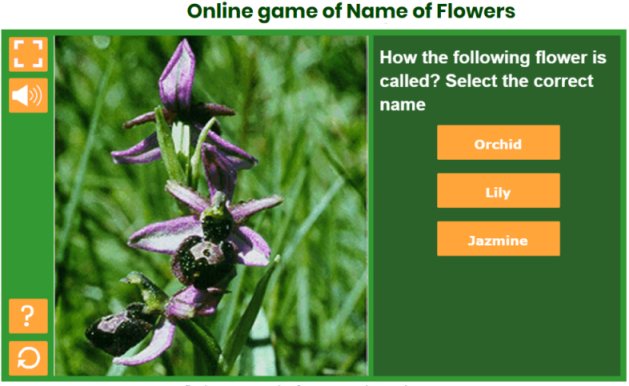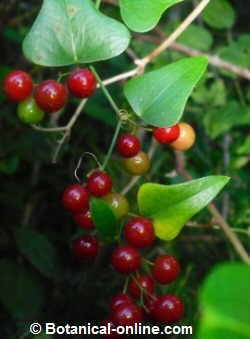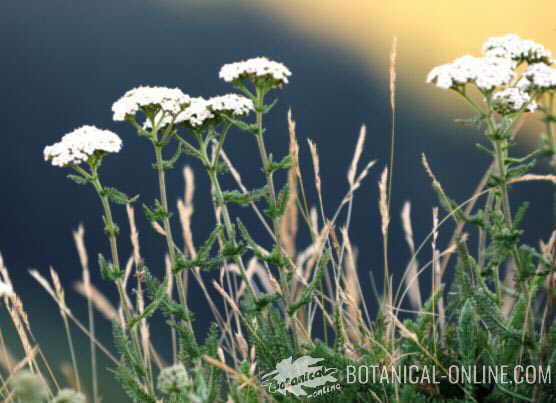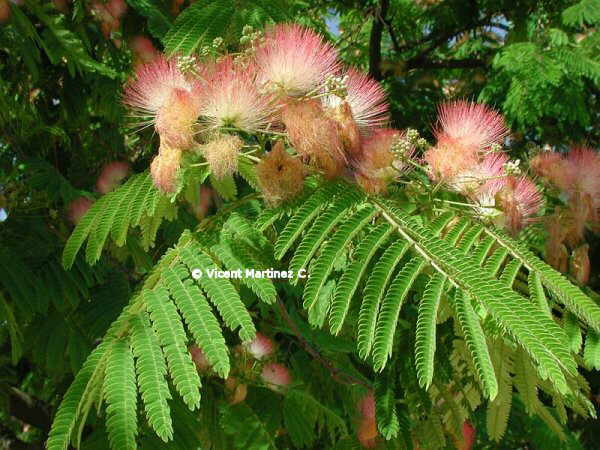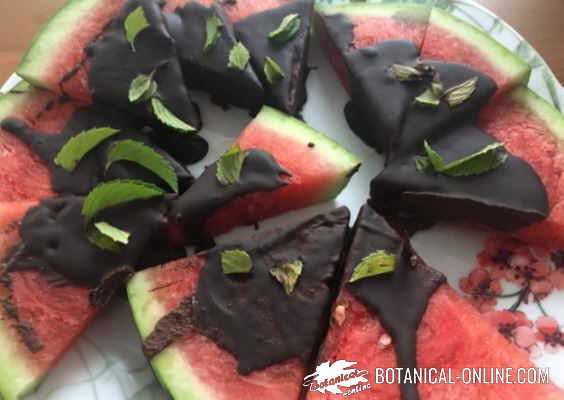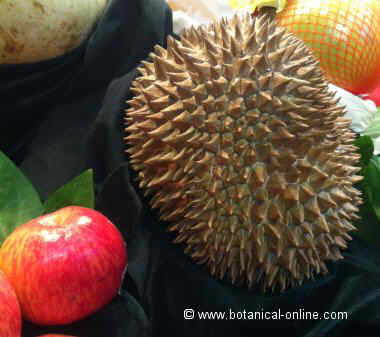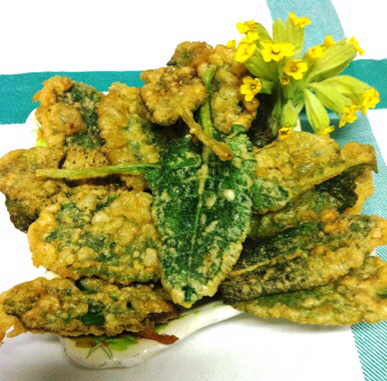Kermes oak characteristics
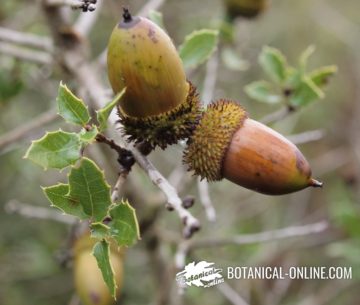
Common Noun: Kermes oak
Scientific Noun: Quercus coccifera L.
Family: Beech family – Fagaceae
Habitat: In scrubs and dry places
Description of Kermes oak
Perennial shrub of the beech family – Fagaceae – till 2 meters tall. Stems downy.
Undivided leaves a bit toothed, dark green, spiny edge. Young leaves show lighter green, white hairy beneath.
The fruit is an acorn with scales in its cup, ripening two years after.
Kermes oak galls to produce red dye
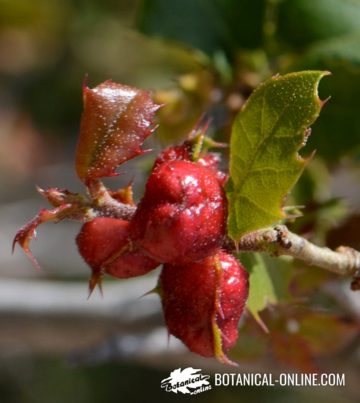
It is sometimes worth noting the presence of some wood like balls in some of the branches.
They are the galls, produced by the same shrub so as the insects lay the eggs into them. By this method, the plant preserves its own branches.
These excrescences are profited to produce red dye.
Picking and storing Kermes oak
Bark should be picked up in Spring, from trees about 15 or 20 years old. Acorns at the end of Summer or at the beginning of Autumn.
Composition: Active components of Kermes oak
Properties of kermes oak
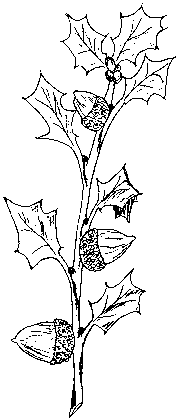
Kermes oak as a Medicinal Plant
Internal use astringent remedies with kermes oak
It is one of the best astringents, such as the rest of the trees in its genus – Quercus (oaks)
- Astringent: We should use the bark of the young trees, although the leaves and galls may be used, too. All these parts have astringent properties. It can be used for urinary incontinence.
- Diarrhea: Infusion for 10 minutes of 10 gr. of bark in half a litter of water. We should drink a glass after each one of the three daily.
- Hemorrhoids: Use the same infusion.
- Hemorrhages of any kind which specially affect to women: metritis (Uterus inflammation) uterine fibromas, leucorrhoea and blennorrhea. Decoction of some dry leaves in a litter of water. Three glasses a day.
External use preparations with kermes oak
Since the tannins contained in this plants are very irritating to the stomach, specially the cuercitanic acid, you should rather make an external use of it.
Antiseptic properties of kermes oak
The decoction seen above can be used for mouthwashes against:
- Pyorrhoea and gingivitis.
- To treat hemorrhoids and anal fissures make a 35 minutes decoction of a big handful of dry bark.
- This decoction can also be used to treat female illness as leucorrhoea and blennorrhagia.
- Chilblains: Use the same decoction.
Anti-inflammatory uses of kermes oak
We should apply a compress soaked with the juice extracted from the smashed acorns to diminish inflammation.
Other uses for kermes oak
Edible food : Its fruits (acorns) are good for feeding pigs.
They are also eatable for human beings, in spite of their bitter and sour taste.
![]() More information about medicinal plants.
More information about medicinal plants.

